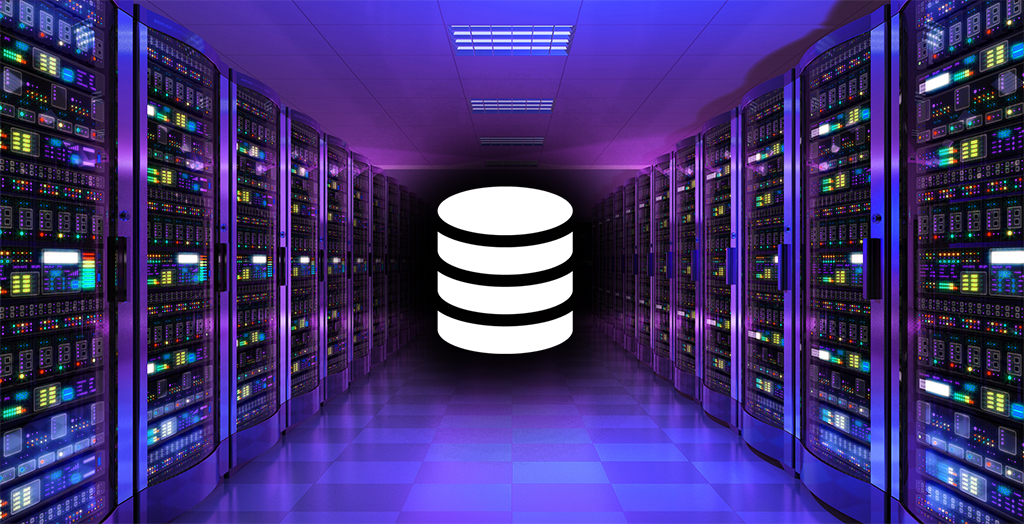Table of Contents
“Over 2.5 quintillion bytes of data are created every single day and by 2020, it is estimated that about 1.7MB of data will be created every second for every person on earth.” according to the DOMO report.
With this rapid increase in data generation, database management has become an extremely critical task for an organization and there are different database systems available in the industry. But the question is – out of all these popular database management systems, Which database should we actually choose to manage the data and match the pace?
Well, there are various criteria to base your decision upon such as the quantity of data, data structure, processing speed, data model, etc. Sometimes you might even need to include multiple types of databases as per your requirement just like Facebook. Therefore, if you are struggling to decide the database for your application or confused between numerous database options available in the market, this article is for you.
Here is the list of 7 most popular relational database management systems that you can work with which are as follows:
1. Oracle
2. Microsoft SQL Server
3. My SQL
4. IBM DB2
5. MongoDB
6. PostgreSQL
7. Redis
Oracle
Oracle is the most popular Relational Database Management tool, according to Statista. It is a multi-model relational database and also supports multiple programming languages such as C, C++, Java, COBOL, Visual Basics and PL/SQL. Recently Oracle has launched another version of Oracle Database that is version 19c, which comes with automatic indexing with negligible human interaction, JSON, In-memory technology, and a lot more. The “c” herein 19c means cloud-scale operations, which makes it reliable and perform better. The best part is that Oracle provides a similar and familiar cloud-based database just like the databases present on the premises. Hence, it becomes a lot easier for the user to adapt to the features of the cloud-based database.
Microsoft SQL Server
Microsoft SQL Server is a highly preferred Relational Database Management System. Its latest version is SQL Server 19, which is equipped with some of the wonderful features. It allows the user to run the SQL server on both Windows and Linux, which makes it a flexible DBMS tools. Microsoft SQL Server is an extremely secure language, as it not only encrypts the sensitive data but also drops an alert on any unauthorized access. Also, its capability of handling Big Data and giving an insight into the data helps the user in decision making and data handling. Unlike the previous versions, it also supports Many to Many relationships along with Business Intelligence. With so many features bundled in one software definitely makes it a great option for Database Management in 2020.
My SQL
Being the choice of some of the mammoth of the IT industry like Google, Youtube, Paypal, Twitter, Netflix, Cisco, eBay, etc. My SQL has marked its presence in the market. MySQL is an open-source and stand-alone database management tool that comes with unmatchable flexibility and scalability. The security feature of MySQL is also one reason to choose it, as it offers security for both the data as well as the financial transaction with 24*7 support. This can be extremely beneficial for companies especially those related to eCommerce. The latest version that is, My SQL 8.0 has brought some new features for the users such as- defining roles and their accessibility criteria on the SQL Server, allowing to hide an index and reactivate it later as required in spite of dropping it, Reverse Indexing, assistance in writing a query, etc.
IBM DB2
IBM DB2 is a commercial tool that supports languages such as C, Java, C++, Python, PHP, Ruby, Visual Basics, Fortran, etc. This is a relational database management tool that is built for and powered by Artificial Intelligence which allows you to manage and analyze your transactional data effectively. Due to the use of Artificial Intelligence in the solution, it enables the developers to utilize the data science tools to access innovative data, get better insights and enhance the performance. Also one of the latest features of IBM DB2 that has caught the attention is In-memory Technology, which means optimizing the data dynamically. Along with all these functionalities, it also provides various other features as well such as AI/ML query optimizer, data partitioning, IBM BLUE technology, high-level data compression, etc.
MongoDB
MongoDB is a no-SQL, cross-platform, document database that supports more than 20 programming languages. This database was introduced to manage the complex data of modern applications. It stores the data in JavaScript Object Notation format (JSON), resulting in higher flexibility. Though it is open-source, it offers a fully managed cloud database known as Mongo Atlas. Hence the developer need not worry about the data management related issues such as backup, monitoring, scaling, patching, etc. rather they can focus on the development of the application. It comes under the top 5 most popular database management tools according to the DB Engine and is used by companies like Forbes, Barclays, Pearson, Cisco, etc.
PostgreSQL
PostgreSQL or Postgres is an open-source and object-relational database that supports both SQL and JavaScript Object Notation (JSON). The programming languages supported by Postgres are C, Java, .Net, Python, PHP, etc. PostgreSQL is a flexible database that allows you to modify the source code as per your need, also it supports geographic objects that allow the user to use the location-specific services as well as data. PostgreSQL works great for the financial transactions as it uses MVVC to prevent errors and maintain the ACID property of the database during the transaction. Actually, MVVC (Multiversion Concurrency Control) enables the database to take the snapshot of the database and provide it to the transactions in spite of using a read lock. Hence, with the advancement in the market as well as the demand of the user, an advanced solution like PostgreSQL is going to be the user’s choice in 2020 as well.
Redis
Remote Dictionary Server(Redis) is an open source, No-SQL, in-memory database which is used as a cache and message broker. This database is written in C language. Being extremely fast, it is been used in some renowned websites and applications like Snapchat, StackOverflow, Pinterest, GitHub, etc. Redis is a kind of cache that does not work on the tables and databases which in turn, prevents the database calls. Redis uses a very efficient data replication method that is Asynchronous Master-slave Replication that results in higher data availability. It is supported by many languages such as C, Java, Python, PHP, JavaScript, etc. Redis is generally paired with the other databases for better performance, for example, Twitter uses MYSQL for primary storage and Redis for the data that is frequently modified. Hence, Redis proves to be a good option for real-time systems.
Conclusion
With the increasing demand of the AI/ML as well as Big Data, the choice of the database should be smart. So whether you are planning to migrate your data or build a new database, the selection of the most appropriate database is the foremost thing to sit upon. It not only results in effective database management but also enables you to provide more personalized and fast services to your customers. Therefore, as per our experience in databases and migration services, we have listed some top databases to pick from. If you have any further queries, you can contact us at https://www.aceinfoway.com/#get-in-touch





















Leave A Comment